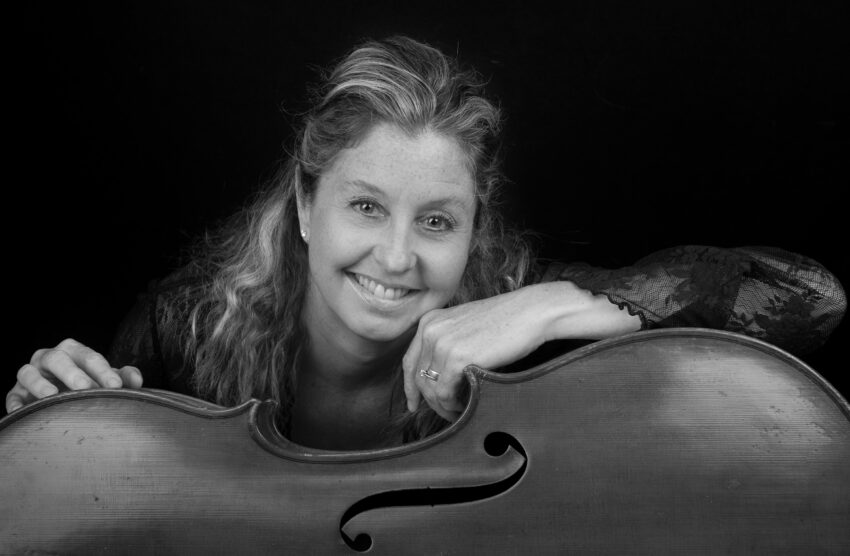We are in the season of betwixt and between. Because swimming is over, we unofficially declare it fall. However, our summer seems to have one final BBQ in it. While the angle of light is autumnal, the heat of the sun remains warm on some days. When that is not the case, the wind blows and cool, fall-like air tosses the leaves around and reminds us that the time to bring in firewood is short.
In September I am ready for sweaters though I cling to flip flops. I crave the need for warmth. A fire in either the wood stove or fireplace now cooks us out, so I look forward to being chilled, walking into the house and feeling the radiant warmth from the stove. I’m all things pumpkin and cider.
Recently we attended an event that is a fall tradition for us. As luck would have it, the afternoon had high clouds and blue skies with enough crisp in the air to warrant flannel. We came upon a tent where there were several pairs of contra dancers performing. In the corner was an old, upright piano with an old, upright woman playing it. Beside her stood a fiddler who was as busy tapping her foot as she was playing her instrument. We sat on some metal bleachers, our arms full of bags of maple popcorn for sustenance. The last time that I danced in organized pairs was in a graded school square dance, so I was impressed by their ability to sashay, promenade and whatever else they did. Their dancing was dependent on the caller’s instructions but, equally on the downbeat of the piano and the triplets of the fiddler. The fiddler was smiling, but struggling.
After we left the tent we wandered around some outside events, our hands full of sourdough pretzels, for sustenance and came upon a young member of the dance troupe sitting at one of the tables. I recognized her and congratulated her on fine footwork. Her father sat beside her and, in conversation, mentioned that he too contra danced. I asked if he had taken part in the demonstration and he scoffed and asked me if I had heard the music. I nodded that I had. He went on at some length, explaining to us the importance of “good” music in order to contra dance well and this was certainly not that, so why would he or anyone else with facile feet take part in it?
Later on the ride home and in a bit of a sugar fog, I asked Paul about the fiddler. We had both noticed intonation and rhythm issues and agreed that it did make it challenging for the performers to find a solid beat. But I asked him if he had noticed the persistent smile on her face as well. I’d seen her before at this yearly event and, each time noticed the enthusiasm despite her somewhat wobbly playing.
The man at the table felt that, in performance, there should be a level of expertise present and I understood that. But in these performances, the fiddler was playing with an almost unabashed joy; and doesn’t that count? I was thinking about beginners in my studio and their belief that their music does not count until it is at a certain level and how this inhibits both their freedom in playing and, at a base level, their joy.
As a professional performer and teacher of classical music, I find joy in the long hours of practice and repetition in order to make my music say something meaningful to the listener. However, when I listen to performances in other genres and at other levels, the more often I see the joy of playing music on the performer’s face. No one has the market cornered on the enjoyment of music making. It can happen equally at a tuxedo event or a barn dance.
Music is inherent in all of us. Shouldn’t that mean that it is then a shared gift rather than one that belongs only to those who claim expertise?
As I sat on those hard bleachers, my ear heard the effort and the struggle of the fiddler, but equally, my eye was drawn to the off-beat foot tapping, the swinging fiddle and the enormous smile on her face. That happiness was contagious, important and therefore her music was as relevant as any I have heard.
Melissa Perley
